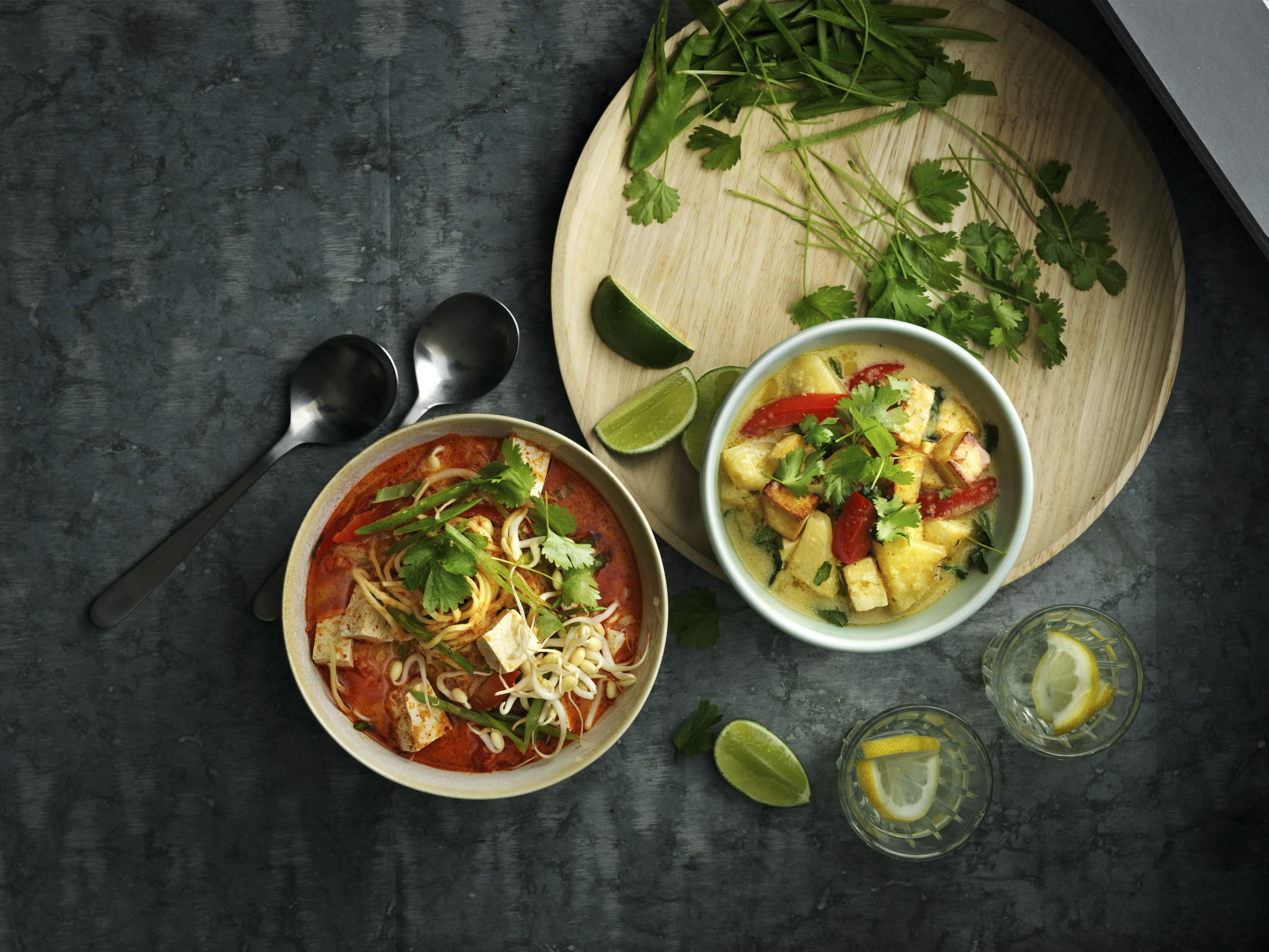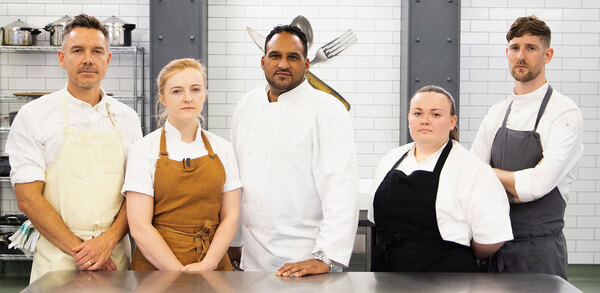A global tour of the latest flavours to add instant pizazz to smaller menus
Today’s diners expect a whole world of flavour on their plates. John Porter discovers which cuisines are on-trend and how they can be implemented in menus.
Today’s diners expect a whole world of flavour on their plates. John Porter discovers which cuisines are on-trend and how they can be implemented in menus.
The extent of the British love of world food flavours depends, to a degree, on how a dish is defined. When burgers are classed as an American speciality, then the US is high on any list of global styles on British menus. Similarly, pizza pushes Italian cuisine high up the list.
With London having seen its first Indian restaurant at the turn of the 19th century, and its first Cantonese restaurant a century later, the most familiar dishes from both cuisines have been adapted to British palates by decades of menu engineering, offering only a passing nod of familiarity to their authentic progenitors.
In that context, the top 10 world food styles in the UK, based on search data from Google trends, can be taken with a pinch of salt, as well as a generous dollop of monosodium glutamate:
- Chinese
- Italian
- Thai
- Indian
- Mexican
- Japanese
- Greek
- Turkish
- American
- Korean.
The list shows that Asian food is an important part of the foodservice mix. Maria Chong, managing director of sauce specialist Lee Kum Kee Europe, says: “Aside from the well-known Szechuan and Cantonese cuisines, there are so many more regional Chinese cuisines that are yet to be explored and there are still plenty of ‘new’ and exciting ingredients consumers are willing to try.”
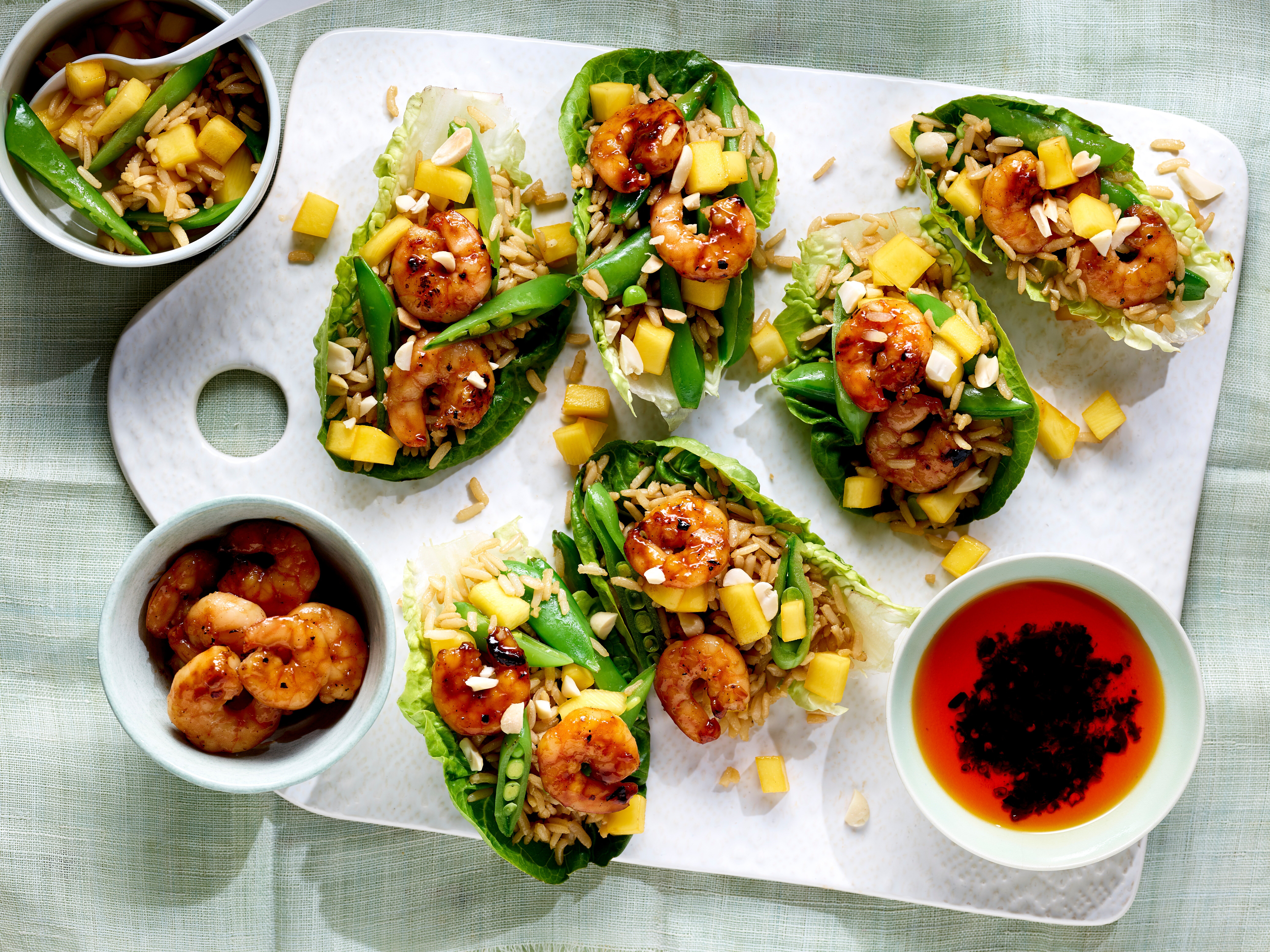
Chong cites research showing 46% of consumers have not heard of glass noodles and 26% have not tried Chinese barbecue marinade sauce char siu. “Consumers are keen to explore new flavours and ingredients; however, they need a little explaining, or to be given inspiration,” she adds.
Ennevor Yap, director of Chinese ingredients specialist Wing Yip, says: “Historically, consumers were familiar with the Westernised take on Asian cuisine, but as more people travel to Asia, and partly thanks to the abundance of recipes available online and across social media, consumer tastes have changed. In light of this, it’s important that operators and caterers take note of this growing trend.
“World foods and Asian dishes are now an established part of the British food scene and consumer demand for authentic dishes continues to grow. By providing authentic dishes, operators can encourage customers to explore exciting flavours in Asian cooking.”
The Liverpool branch of Asian fast food brand Wok to Walk has seen a 15%-20% increase in sales of noodle dishes since it began using Westmill Foods’ Lucky Boat No.1 Thick Noodles earlier this year.
Manager Christos Patsios says: “The noodles are a great product in appearance and taste; our chefs have been impressed with the texture and balance between noodle thickness and delicate taste; this makes them a perfect base to work with and ideal for any combination of added flavours or ingredients.”
Versatility equals profitability
Prepared products can help kitchens deal with lower staff numbers as Covid restrictions continue, says Simon Solway, country manager out of home and Ireland, Santa Maria Foodservice. “A slimmed-down spice cupboard and a few staple ingredients can be used to make loads of different dishes,” he says.
Examples include Penang red curry paste, which can be used to season Thai fishcakes, added to coconut milk for a Thai curry, and stirred through aromatic soups and noodle dishes. Chimichurri can be sprinkled over diced vegetables, stirred in water and oil for a fresh sauce or used as a marinade for salmon.
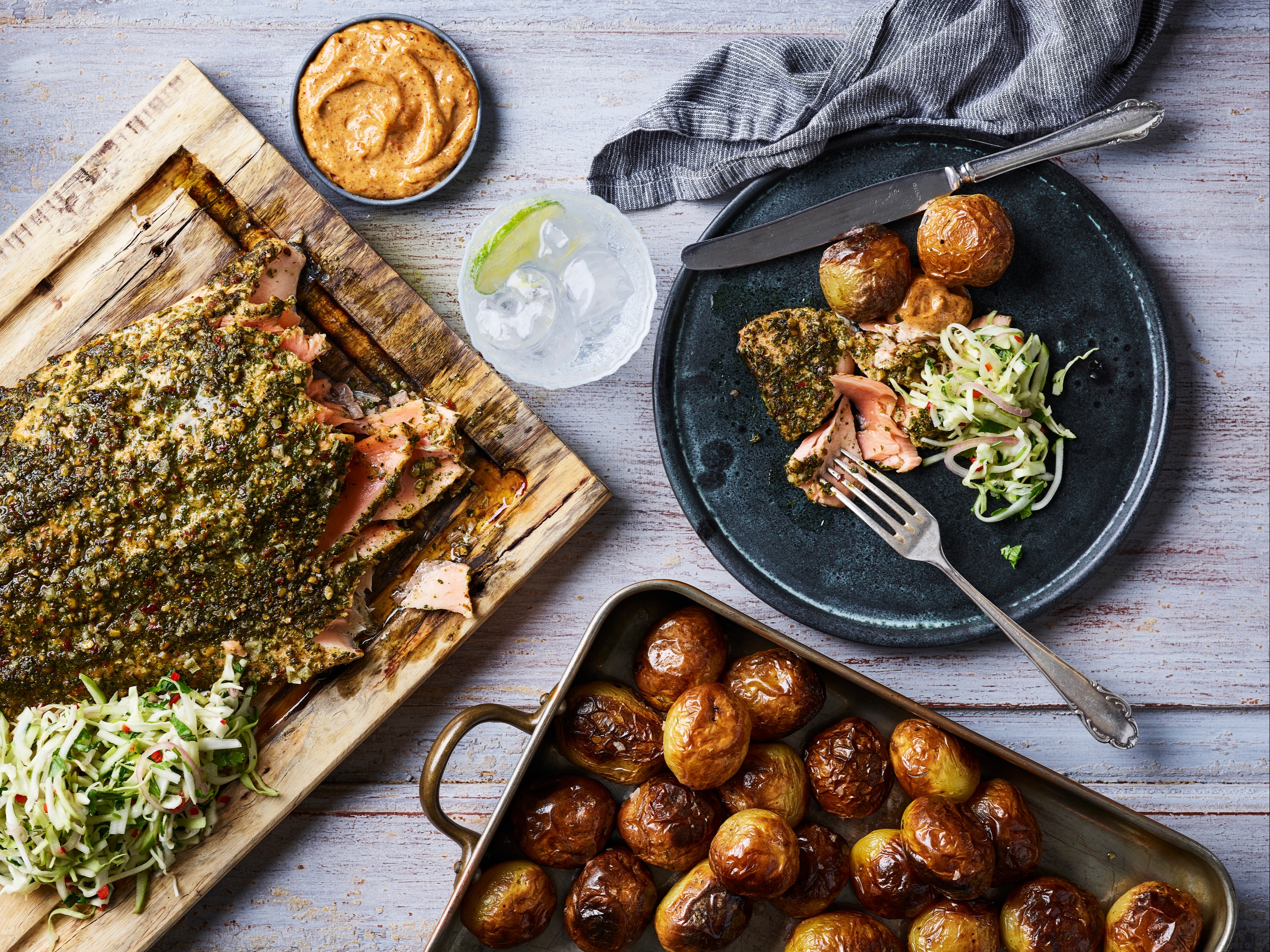
“We’re hearing that kitchens are running on steam – having to make do with skeleton teams, smaller budgets and tighter margins. Operators can get creative with just a few long-lasting ingredients like these to add interest to an otherwise stripped-back menu.”
Now more than ever operators can get creative with just a few long-lasting ingredients like these to add interest to an otherwise stripped-back menu
Another menu trend driven by the pandemic is ‘holiday nostalgia’ dishes, believes Kim Hartley, executive business development chef at tortillas and flatbread supplier Mission Foods. “People want to recreate those holiday abroad experiences while eating out of home,” she says.
Using bread bases to create street food-style menus, caterers “have the opportunity to create some incredibly diverse and exciting meals, be it Cajun chicken, quesadillas, keema-topped naan (see box below) or lamb kofta-filled pittas,” she adds.
Nigel Parkes, commercial operations director of Creative Foods, suggests that using different sauces, rubs, marinades and dressings can expand the choice for customers. “We’re seeing a number of our customers use the same core poultry products in a variety of ways, often as part of meals that are pre-prepped or pre-cooked before being customised.
“Themed menus, or global food sections on the menu, are a great way to highlight ‘limited-edition’ dishes and flavours. This might be in the form of a dish with new ingredients but familiar flavours, such as bao buns filled with sous-vide pulled pork, or maybe our Harvest Farms chicken strips smothered in our sticky Korean barbecue sauce. The complexity of these flavours can be increased as familiarity, confidence and trust build with the consumer.”
Spice as nice
EHL Ingredients offers the Lähde range of herb and spice blends, which can be used with meat, fish and vegetables, as well as meat-free alternatives. The range includes togarashi, a traditional Japanese blend with peppers and chillies; a Korean barbecue blend in heat levels from mild to extra hot, and panch phoron – ‘five spices’ in Bengali – which can be used as a dry rub for meat, fish, potatoes, or vegetables.
Tasneem Alonzo, joint managing director at EHL Ingredients, says: “Herbs, spices, seasonings and blends can help create new plant-based and meat-free products and open up new opportunities for chefs and caterers.”
As Japanese cuisine has grown in popularity, chefs should align dishes to familiar flavours, advises Scott Dixon, managing director of ingredients supplier the Flava People. “Japanese katsu curry works really well, as it uses flavour profiles that people already know and have been in the UK for a while – sweet, slightly spiced curry sauce – but with a new and exciting twist.”
He adds: “Once consumers are used to a cuisine, the demand for more complex flavours happens. For example, people are already used to ‘hot’ and ‘spicy’ in Chinese cooking, which creates the perfect platform for the launch of Szechuan restaurants.
Once consumers are used to a cuisine, the demand for more complex flavours happens
“It’s the same when you look at Indian cooking – modern and creative restaurants are popping up across the country, from Bundobust in Manchester, Liverpool and Leeds, to Dishoom and Kricket in London. If caterers know that people already like the base flavours, using sauces, marinades, rubs and spices is a cost-effective and practically risk-free way to make little everyday upgrades and play around with flavours.”
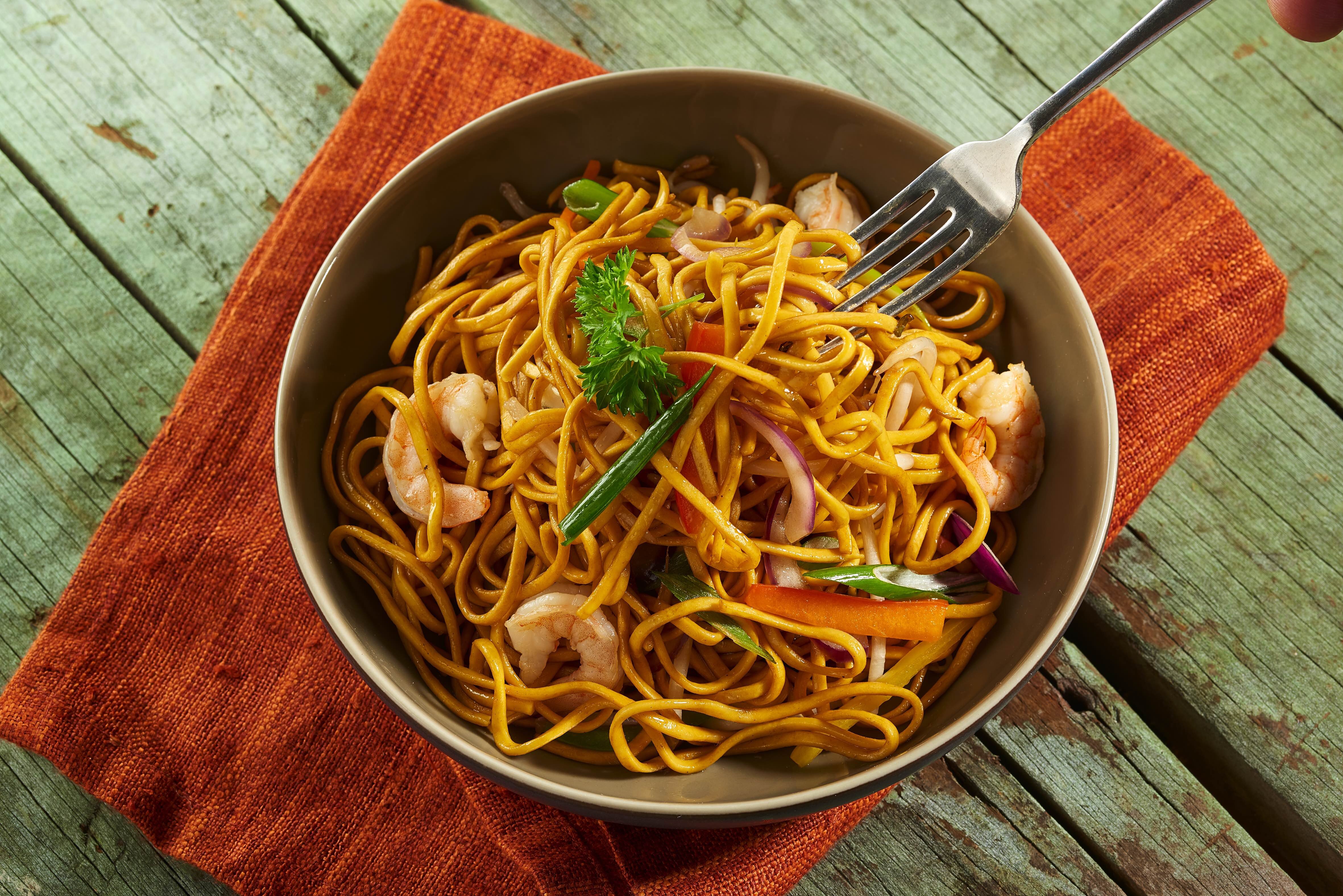
Menu ideas
By Joel Carr, development chef at Young’s Foodservice
Japan remains on-trend, and zingy ramens or stir-fries are easy to create and complement different proteins, like Young’s pink salmon and Alaska pollock pieces, added straight from frozen for convenience.

For a simple street-style Japanese dish, add a katsu fish burger to the menu. Young’s MSC-certified quarter pounder fillet of fish (pictured below) can be served on a brioche bun with crunchy iceberg lettuce, radishes, spring onions and finished with a dollop of katsu curry mayonnaise.
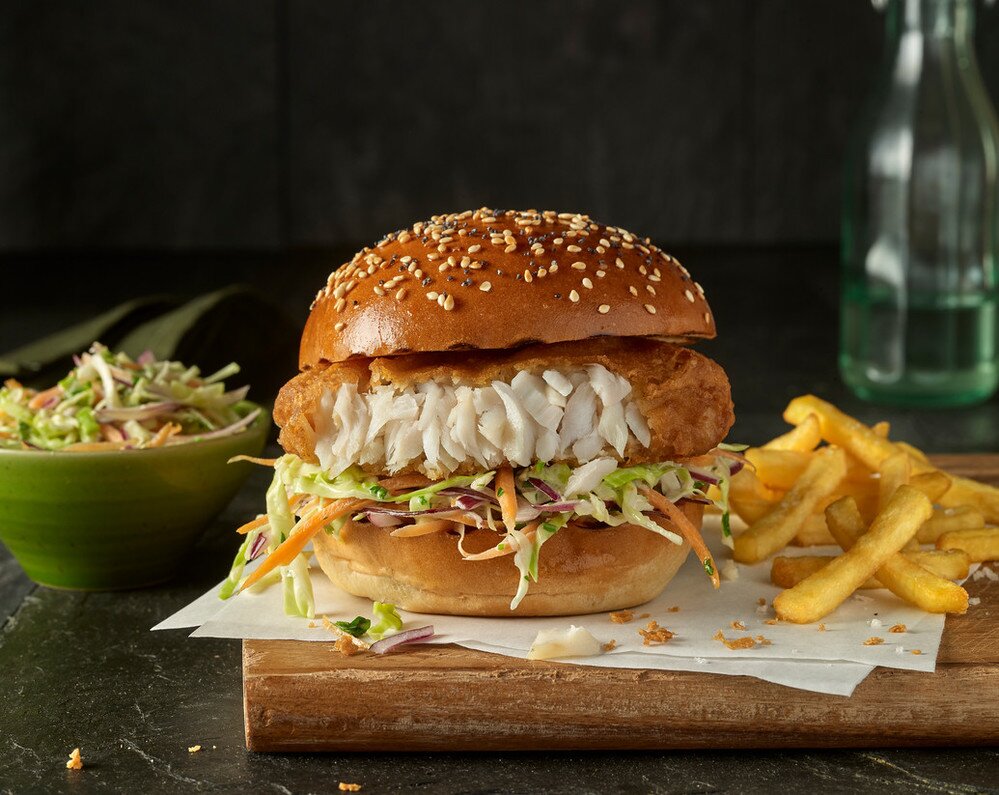
Combining familiar ingredients with new flavours
Papa L’s Kitchen
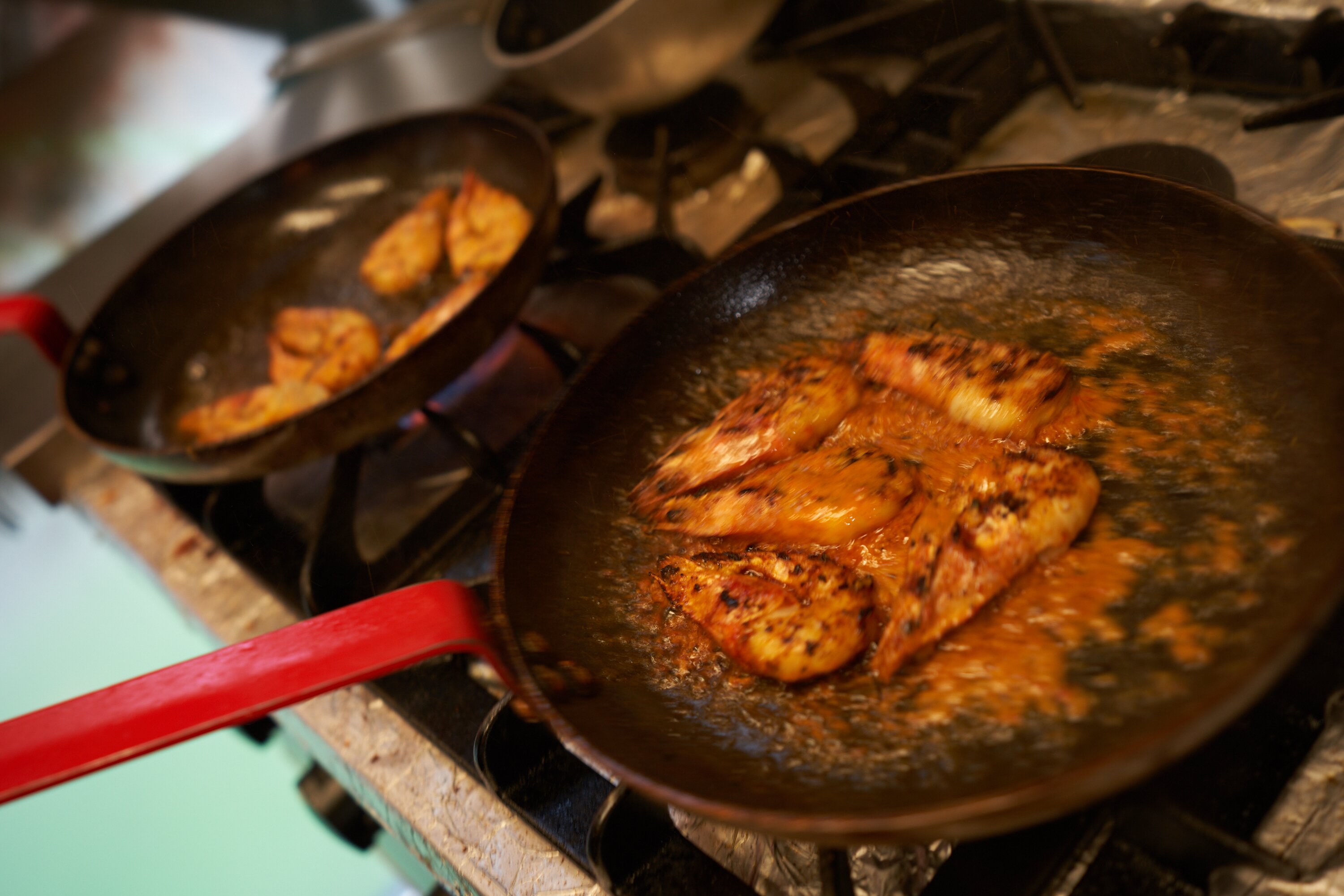
When London’s Gojk Lounge and Restaurant announced a temporary closure in March, its chef Lawrence Gomez took over the space, re-employing the staff, to run Papa L’s Kitchen, an African-fusion pop-up restaurant concept.
Gomez says: “The concept derives from a mix of my heritage, culture and my career as a chef. I create my own marinades and sauces, using secret recipes. They are easy to serve as I base my food on home cooking and the Gambian culture on how we prepare food.”
Born in Gambia, Gomez has incorporated the flavours of dishes his mother and grandmother taught him, including tempura okra with his lemon and chilli sauce; and rib-eye steak with cassava chips and stone bass, made with a barbecue marinade and served with five-hour slow-cooked Ma’s Benachin rice, which his mother taught him to make.
He says of Papa L’s: “I concentrate on flavour and create signature dishes, which has allowed my loyal customers to identify my brand. I create an ambience in the restaurant that is built on creating a dining experience from food to music to artwork.”
Mr Todiwala’s Petiscos
Chef and restaurateur Steve Shaffer runs Mr Todiwala’s Petiscos in Essex, built around a menu of small plate Portuguese specialities developed in partnership with long-standing friend and colleague Cyrus Todiwala.
Shaffer says: “Some people are keeping closer to home, whether because they now work from home or because they just prefer to cocoon during this pandemic.
“However, providing you give them enough information about what they are about to eat and drink, most will try flavours that are new to them – even if those flavours have actually been around for centuries in their countries of origin.”
Customers can mix and match the restaurant’s range of meat, fish and vegetable dishes, complemented by its Portuguese wine list, with the tapas-style offer an inducement to try new flavours.
“Cyrus is a great ‘flavorologist’, and really understands taste profiles. Being able to try several different dishes certainly helps with the ‘FOMO’ scenario and leads to more social interaction around the table,” he says.
Mission Foods’ keema-topped naan
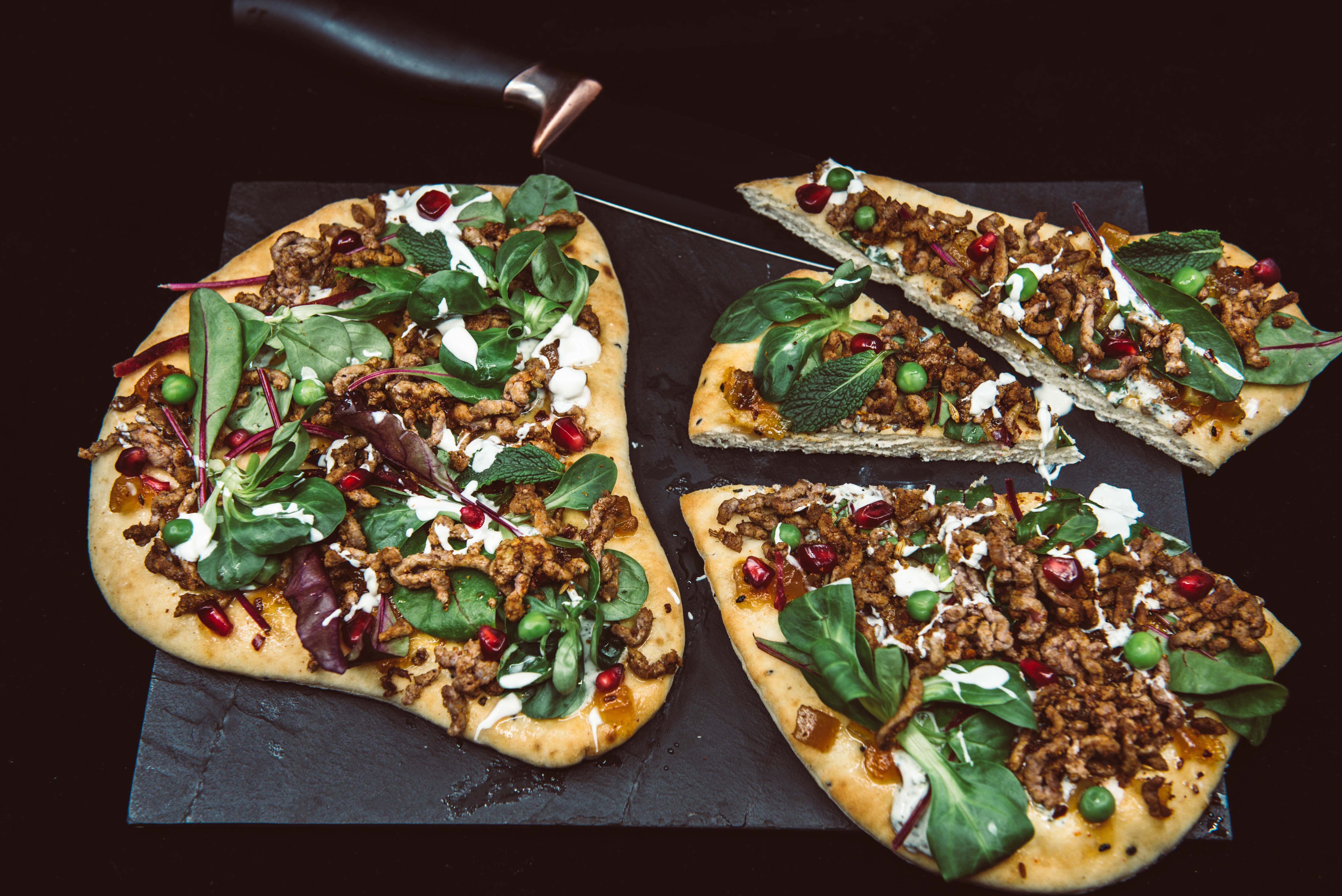
Serves 1
- 1 Mission Plain Naan, warmed -30g mango chutney
- 80g spicy mince (see below)
- Salad leaves
- Natural yogurt
- Pomegranate seeds
Spread the mango chutney on the warm naan. Top with the spicy mince and scatter with salad leaves. Drizzle with yogurt and finish with the pomegranate seeds.
Spicy mince (Keema)
- 1tbs vegetable oil
- 100g red onion, finely diced
- 200g lamb or veggie mince
- 20g garlic purée
- 15g medium curry powder
- 50g frozen peas, defrosted
- 10g fresh coriander, chopped
- 10g fresh mint, chopped
Sauté the onion in the oil for five minutes. Add the mince, garlic purée and curry powder. Cook for 15-20 minutes until the mince is thoroughly cooked through. Add the peas and cook for a further five minutes, season, and finish with the coriander and mint.
Suppliers
Creative Foods www.creativefoods.co.uk
EHL Ingredients www.ehl-ingredients.co.uk
The Flava People www.theflavapeople.com
Lee Kum Kee Europe www.lkkprofessional.com
Santa Maria Foodservice www.santamariaworld.com/uk/foodservice
Westmill Foods www.westmill.co.uk
Wing Yip www.wingyip.com
Young’s Foodservice www.youngsfoodservice.co.uk



